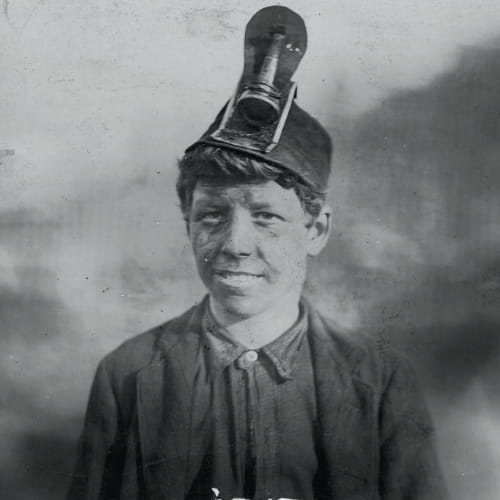Child Labor Research – How It Existed in the Past in America
America, too, has had its share of child labor realities. In 1900, nearly 2 million children under the age of 16 where forced to work, most in mines, farms and factories,[1] according to child labor research into photos that ended child labor in the United States.
In 2021, more than 500,000 children in America are estimated to be engaged in child labor. That’s still one-quarter of the number employed a mere three generations ago.
According to the University of Iowa Labor Center,
“Forms of child labor, including indentured servitude and child slavery, have existed throughout American history.
“As industrialization moved workers from farms and home workshops into urban areas and factory work, children were often preferred because factory owners viewed them as more manageable, cheaper, and less likely to strike.”[2]
In fact, children were a major component of the American workforce from the beginning. Prior to the Industrial Revolution, children were expected to “earn their keep.”
Prior to the Civil War, “Most kids under age 15 worked up to 14 hours a day, either alongside their parents or for an employer – unless they were rich. In that case, other children worked for their families.”[3]
Throughout the entire 19th century, child labor was common in the U.S. based on the reasoning that “labor benefitted children by helping them avoid the sin of idleness” and that they provided economic empowerment by “helping to increase [production] capacity.”[4]
While it may be unpalatable to Americans, no truly effective or enforceable child labor laws existed in the U.S. until the passage of the Fair Labor Standards Act (FLSA) of 1938[5], a full 75 years after Lincoln freed the slaves with the Emancipation Proclamation of 1863. Even then, the FLSA barely addressed child labor in comparison to wage and hour laws.
Numerous attempts to introduce laws prohibiting child labor prior to 1938 failed either to gain Congressional approval or, if passed, were shortly thereafter declared unconstitutional by the U.S. Supreme Court.
Click here, to read more about this article.
Click here, to read more blogs in Gospel for Asia.Org


Comments
Post a Comment